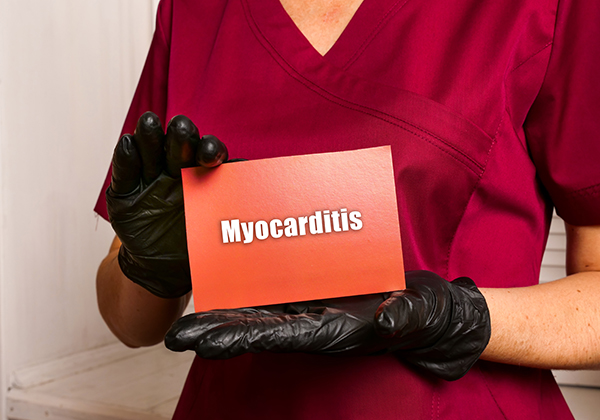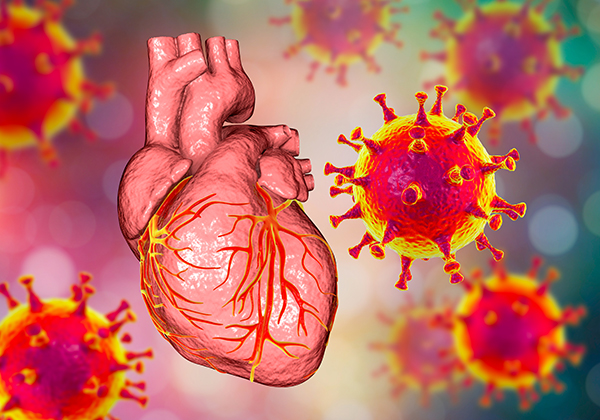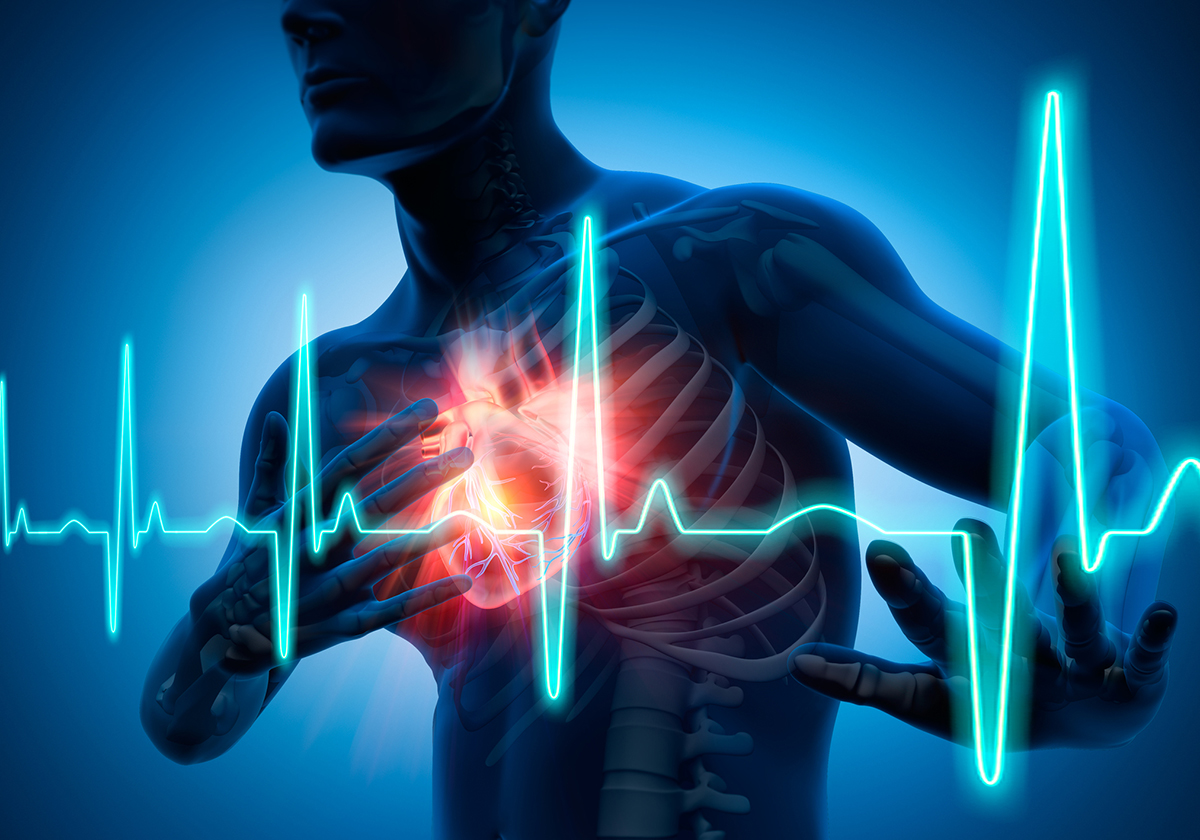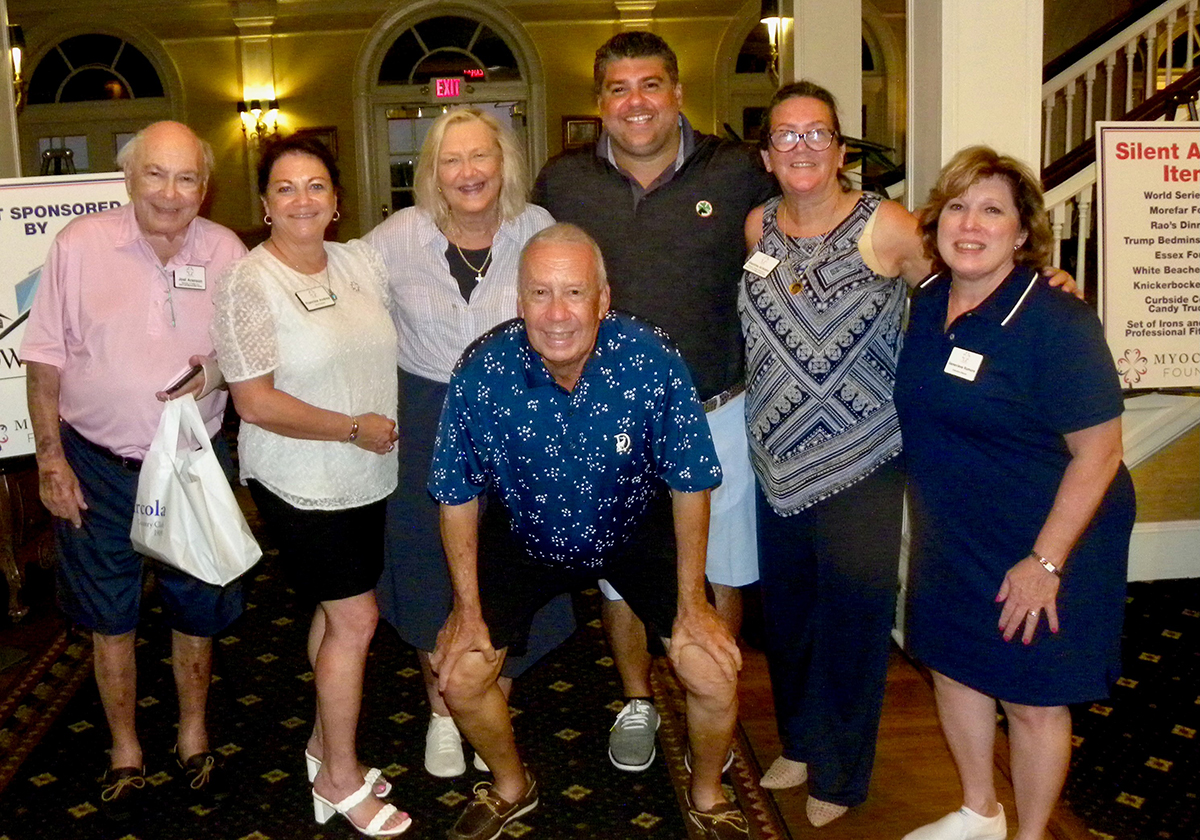(281) 713-2962
800 Rockmead Drive, Suite 155
Kingwood, TX 77339
[email protected]
Routine Cardiac Screening in Sarcoidosis Patients (PAPLAND)
Status: Recruiting
Location: Albany Medical Center, Cleveland Clinic, Medical University of South Carolina, National Jewish Health, Northwestern University Medicine, Penn Medicine, University of Cincinnati Medical Center, University of Illinois-Chicago, University of Iowa, University of Washington Medical Center
Conditions: Albany Medical Center, Cleveland Clinic, Medical University of South Carolina, National Jewish Health, Northwestern University Medicine, Penn Medicine, University of Cincinnati Medical Center, University of Illinois-Chicago, University of Iowa, University of Washington Medical Center
City/State:
Denver, Colorado
Chicago, Illinois
Iowa City, Iowa
Albany, New York
Cincinnati, Ohio
Cleveland, Ohio
Philadelphia, Pennsylvania
Charleston, South Carolina
Seattle, Washington
Contact Information:
Noopur Singh
312-341-0500 ext 107
[email protected]
Ginger Spitzer
773-328-8156
This protocol is an unblended randomized screening trial will have consecutive patients with no suggestion of cardiac sarcoidosis according to usual screening enroll in an enhanced screening protocol. The routine clinical care is to gather patient’s history of symptoms and under go an ECG. If a patient has an abnormal results in standard screening, they typically have further evaluations as part of their routine medical care. These tests might include an echocardiogram, ambulatory ECG, and advanced cardiac imaging (MRI, PET scan as per local practice). A patient that has normal results on standard screening will be randomly assigned to enhanced screening at each center. Half the patients will be randomized to usual follow-up (annual symptom assessment and ECG) and the other half will be assigned to the enhanced screening (echocardiogram and ambulatory ECG at enrollment and at 24 months).
The investigators hypothesize that screening using conventional history, physical and ECG in the general sarcoidosis population, followed by appropriate advanced imaging testing, will result in the identification of a higher percentage of ascertained cardiac sarcoidosis than has been reported historically (2-5%). The investigators hypothesize that routine use of echocardiogram with strain and ambulatory ECG will identify additional patients who will have advanced imaging abnormalities or who meet criteria for cardiac sarcoidosis. The investigators further hypothesize that re-screening patients after 24 months with repeat echocardiogram and ambulatory ECG will identify additional patients with suspicion for cardiac sarcoidosis who had no abnormalities on the standard screening tests.
Cardiac involvement is among the most feared complications of sarcoidosis, and it is the second leading cause of death from sarcoidosis. Autopsy studies and serial imaging studies in patients without cardiac symptoms suggest that approximately 25% of U.S. sarcoidosis patients have evidence of cardiac involvement. 3 Major manifestations of cardiac sarcoidosis include conduction delays, dysrhythmias, and cardiomyopathy. Given the increased recognition of cardiac involvement, prompt screening and diagnosis of cardiac sarcoidosis has been emphasized as a key priority for sarcoidosis research. Screening for cardiac sarcoidosis conventionally has relied on symptoms and electrocardiogram. However, there are no validated screening instruments for symptom assessment, and the usefulness of individual components of the medical history (e.g. palpitations, chest pain, presyncope) has not been assessed. In one study, symptom assessment was found to be less than 50% sensitive for identification of individuals with abnormal cardiac imaging studies. ECG performed poorly, with less than 10% sensitivity. Holter monitoring and echocardiogram were more sensitive than ECG in that study, identifying 50% and 25%, respectively, of those with imaging findings suggesting cardiac sarcoidosis (CS). The intensity of screening for CS in unselected sarcoidosis patients is controversial. The Heart Rhythm Society working group could not agree that echocardiogram or ambulatory ECG added significantly to conventional testing of eliciting cardiac symptoms and ECG; therefore, the working group was unable to recommend adding these procedures as a routine for all sarcoidosis patients. In a large series of Greek non-cardiac sarcoidosis patients, echocardiogram and ambulatory ECG added little prognostic information to usual care. On the other hand, more sophisticated echocardiographic techniques such as speckle tracking seem to provide independent prognostic information. In a second study, Holter monitoring and echocardiography abnormalities were both more common in those with MRI findings consistent with CS, although the usefulness of the tests disappeared in multivariable analysis. While history and ECG are considered the standard of care at present, there is a continuing need to identify markers of poor outcomes. Cardiac MRI and/or cardiac FDG-PET scan can identify large proportions of individuals with asymptomatic imaging abnormalities, but they are expensive, require specialized expertise to interpret, require radiation (PET scan) and are likely impractical for widespread use in all sarcoidosis patients. A second unresolved issue concerning screening for cardiac sarcoidosis is the frequency of re-screening sarcoidosis patients who demonstrate no evidence for cardiac sarcoidosis on an initial screen. The investigators hypothesize that screening using conventional history, physical and ECG in the general sarcoidosis population, followed by appropriate advanced imaging testing, will result in the identification of a higher percentage of ascertained cardiac sarcoidosis than has been reported historically (2-5%). The investigators hypothesize that routine use of echocardiogram with strain and ambulatory ECG will identify additional patients who will have advanced imaging abnormalities or who meet criteria for cardiac sarcoidosis. The investigators further hypothesize that re-screening patients after 24 months with repeat echocardiogram and ambulatory ECG will identify additional patients with suspicion for cardiac sarcoidosis who had no abnormalities on the initial screening tests.
Aims
- To evaluate the rate of diagnosis of cardiac sarcoidosis during standard of care clinical practice that relies on patient symptoms and ECG.
- To evaluate whether second-tier screening tests (echocardiogram and ambulatory ECG) improve the rate of diagnosis of cardiac sarcoidosis beyond conventional screening methods.
- To evaluate the rate of diagnosis of cardiac sarcoidosis in sarcoidosis patients who had initial negative conventional and second-tier screening tests after undergoing these screening tests again at two years.
Worldwide Sarcoidosis Research Study (WISE)
Status: Recruiting
Location: University of Iowa
Conditions: University of Iowa
City/State:
Iowa City, Iowa
Contact Information:
Alicia K Gerke, MD
319-356-1869
[email protected]
Deborah Hunter
319-356-1869
[email protected]
The aim of this study is to collect information about the clinical course and characteristics of sarcoidosis patients around the world through web-based surveys. Recruitment is directed at and driven by patients in the sarcoidosis community. This will allow the the investigators to study sarcoidosis patients across all demographic, geographic, and socioeconomic boundaries, not just patients seen at large research centers. The investigators believe this study can give investigators a broader and less biased view of sarcoidosis. The investigators would also like to collect genetic samples on this population to assess genetic variance in different phenotypes.
The information for the study would be provided through a web based survey system that can be accessed by patients or physicians of patients from any computer with Internet access. This system would collect clinical information in sufficient detail so that the phenotype of individual patients can be evaluated. Upon agreeing to participate in further research studies through the website, subjects will also have the opportunity to provide a DNA sample.
Cell Free DNA in Cardiac Sarcoidosis
Status: Recruiting
Location: University of Iowa
Conditions: University of Iowa
City/State:
Iowa City, Iowa
Contact Information:
Brenda Werner, RN 319-353-8862 [email protected]
Sarcoidosis is a multisystem granulomatous disease of unknown cause that can affect any organ in the body, including the heart. Granulomatous myocarditis can lead to ventricular dysfunction and ventricular arrhythmias causing significant morbidity and mortality. Immunosuppressive therapy (IST) has been shown to reverse active myocarditis and preserve left ventricular (LV) function and in some cases improve LV function. In addition, IST can suppress arrhythmias that develop due to active myocarditis and prevent the formation of scar.
The potential role of cardiac biomarkers, including brain natriuretic peptide (BNP), atrial natriuretic peptide (ANP), and cardiac troponins, in detecting active myocarditis is limited and studies have been disappointing. At present, there are no biomarkers to detect active myocarditis and the use of advanced imaging modalities (FDG-PET) for assessing and monitoring active myocarditis is not feasible or practical and is associate with high radiation exposure. As such, a biomarker that is reflective of active myocarditis and that is cardiac specific will assist physicians in assessing the presence of active myocarditis to guide therapeutic decisions and to assess response to therapy which can limit further cardiac damage.
Cell free DNA (cfDNA) are fragments of genomic DNA that are released into the circulation from dying or damaged cells. It is a powerful diagnostic tool in cancer, transplant rejection and fetal medicine especially when the genomic source differs from the host. A novel technique that relies on tissue unique CpG methylation patterns can identify the tissue source of cell free DNA in an individual reflecting potential tissue injury. We will be conducting a pilot study to explore the utility of this diagnostic tool to identify granulomatous myocarditis in patients with sarcoidosis.
Sarcoidosis is a multisystem granulomatous disease of unknown cause that can affect any organ in the body, including the heart. Sarcoidosis results from an immune reaction to an environmental exposure to yet unknown antigen(s) in a genetically predisposed individual. Autopsy studies have suggested that cardiac involvement with sarcoidosis occurs in up to 25% of cases, although more than half of these cases are sub-clinical. Cardiac sarcoidosis (CS) CS can lead to life-threatening heart failure, heart block, or rhythm disturbance and accounts for 13-25% of all sarcoidosis deaths in the USA. Therefore, although respiratory failure from lung sarcoidosis is the most common cause of sarcoidosis-related death in the USA, sudden death from cardiac sarcoidosis is a major concern owing to its acute nature. CS can present in a multitude of ways. It can be the initial manifestation of sarcoidosis in an individual not known to have sarcoidosis (a cohort beyond the aims of this proposal), patients can present with cardiac symptoms which can include palpitations, near-syncope or syncopal episodes which require a complete workup for potential CS and patients can be asymptomatic which is a sizable cohort considering the discrepancy between the expected prevalence of CS (25-40%) and CS that is detected clinically (5%).
Granulomatous myocarditis can lead to ventricular dysfunction and ventricular arrhythmias causing significant morbidity and mortality. Immunosuppressive therapy (IST) has been shown to reverse active myocarditis and preserve left ventricular (LV) function and in some cases improve LV function. In addition, IST can suppress arrhythmias that develop due to active myocarditis and prevent the formation of scar. Cardiac MRI (cMRI) and cardiac PET scans are currently used as complementary diagnostic tests for cardiac sarcoidosis, although with some limitations. Cardiac MRI with gadolinium has a sensitivity of 76-100% and specificity of 78-92% for the diagnosis of cardiac sarcoidosis, but its use is limited in patients with implantable cardiac devices. The presence of delayed enhancement on gadolinium-enhanced MRI is suggestive of scar tissue formation. 18FDG PET uses radioactive glucose to detect areas of active inflammation. The use of 18FDG PET as a marker of active granulomatous myocarditis should be interpreted carefully as several studies have shown the limitations of such protocols that force the myocardium to generate energy using free fatty acid metabolism exclusively. In addition, studies have also shown that the presumed pathological patterns, focal and focal on diffuse uptake, are also seen in healthy controls and patients with ischemic congestive heart failure who have undergone 18-FDG-PET12 and that a blood glucose level of >7.5mmol/L (>137mg/dl) at the time of the study results in absent or minimal myocardial FDG activity.
The potential role of cardiac biomarkers, including brain natriuretic peptide (BNP), atrial natriuretic peptide (ANP), and cardiac troponins, in detecting active myocarditis is limited and studies have been disappointing. At present, there are no biomarkers to detect active myocarditis and the use of advanced imaging modalities (FDG-PET) for assessing and monitoring active myocarditis is not feasible or practical and is associate with high radiation exposure. As such, a biomarker that is reflective of active myocarditis and that is cardiac specific will assist physicians in assessing the presence of active myocarditis to guide therapeutic decisions and to assess response to therapy which can limit further cardiac damage.
Cell free DNA (cfDNA) are fragments of genomic DNA that are released into the circulation from dying or damaged cells. It is a powerful diagnostic tool in cancer, transplant rejection and fetal medicine especially when the genomic source differs from the host. A novel technique that relies on tissue unique CpG methylation patterns can identify the tissue source of cell free DNA in an individual reflecting potential tissue injury. A recent paper utilized this technique to identify cardiac specific cfDNA in the bloodstream of patients with acute myocardial injury and sepsis reflecting cardiomyocyte injury/death. We will be conducting a pilot study to explore the utility of this diagnostic tool to identify granulomatous myocarditis in patients with sarcoidosis.

























